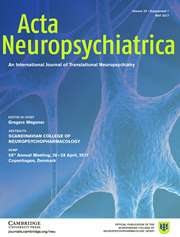
“Many malignant cancers, including breast cancer, have a propensity to invade bones, leading to excruciating bone pain.
Opioids are the primary analgesics used to alleviate this cancer-induced bone pain (CIBP) but are associated with numerous severe side effects, including enhanced bone degradation, which significantly impairs patients’ quality of life.
In contrast, agonists activating only peripheral CB1 receptors (CB1Rs) have been shown to effectively alleviate multiple chronic pain conditions with limited side effects, yet no studies have evaluated their role(s) in CIBP.
Here, we demonstrate for the first time that a peripherally selective CB1R agonist can effectively suppress CIBP.
Overall, our studies demonstrate that CIBP can be effectively managed by using a peripherally restricted CB1R agonist, PrNMI, without inducing dose-limiting central side effects.
Thus, targeting peripheral CB1Rs could be an alternative therapeutic strategy for the treatment of CIBP.”




 “Phytocannabinoids, such as Δ9–
“Phytocannabinoids, such as Δ9–



